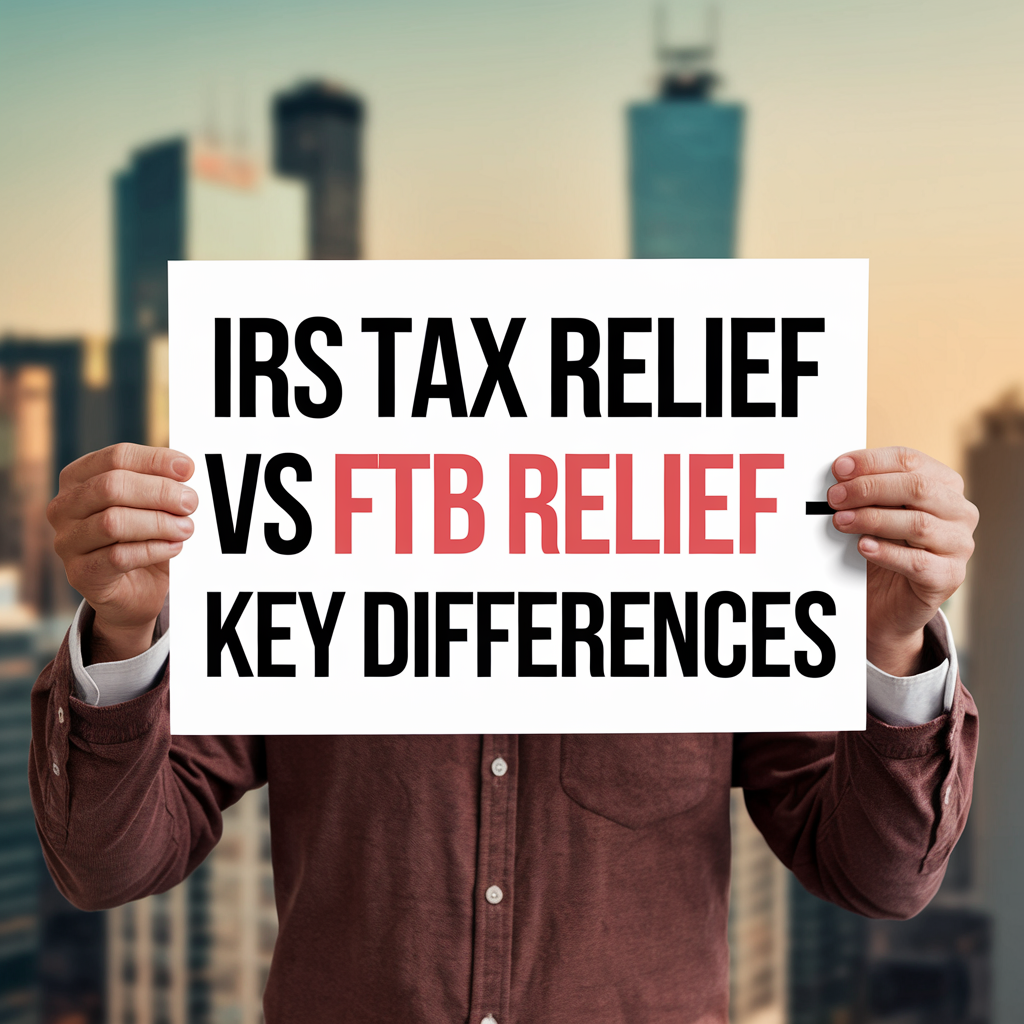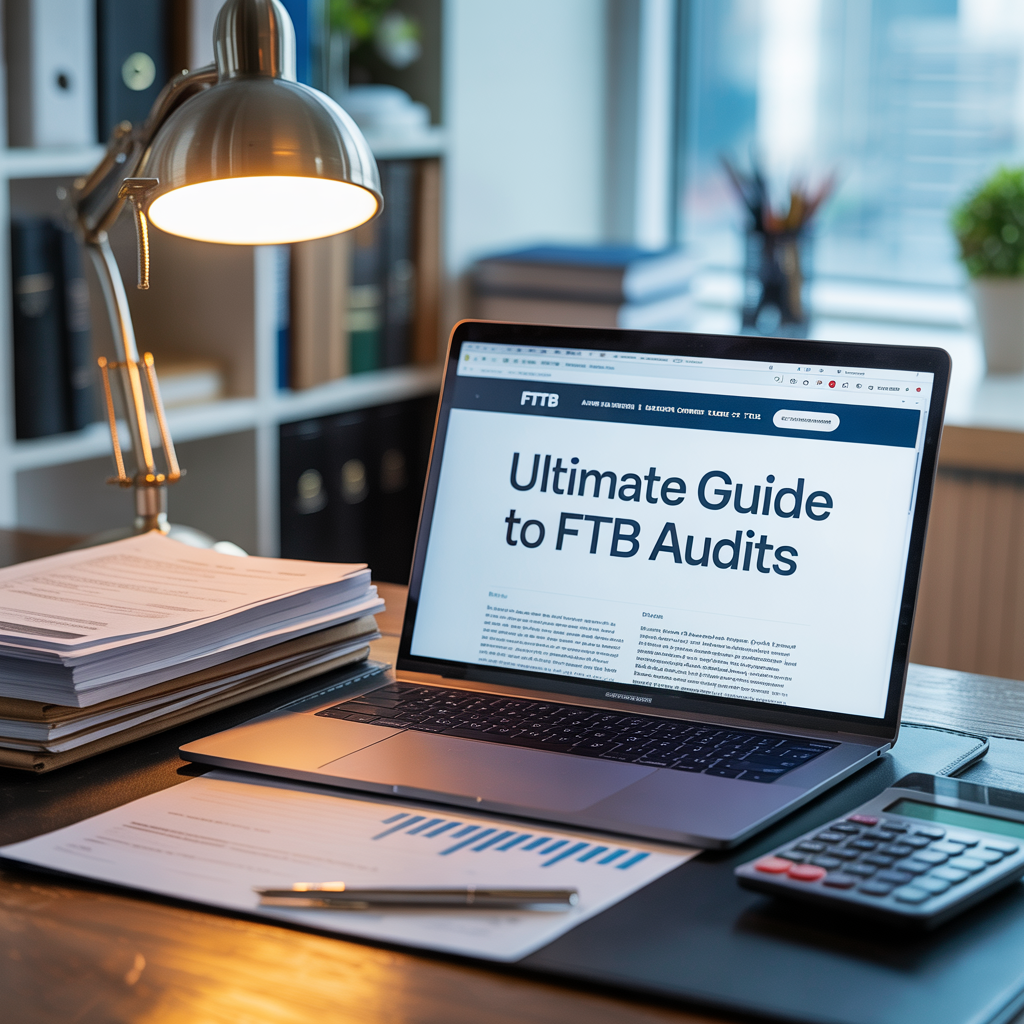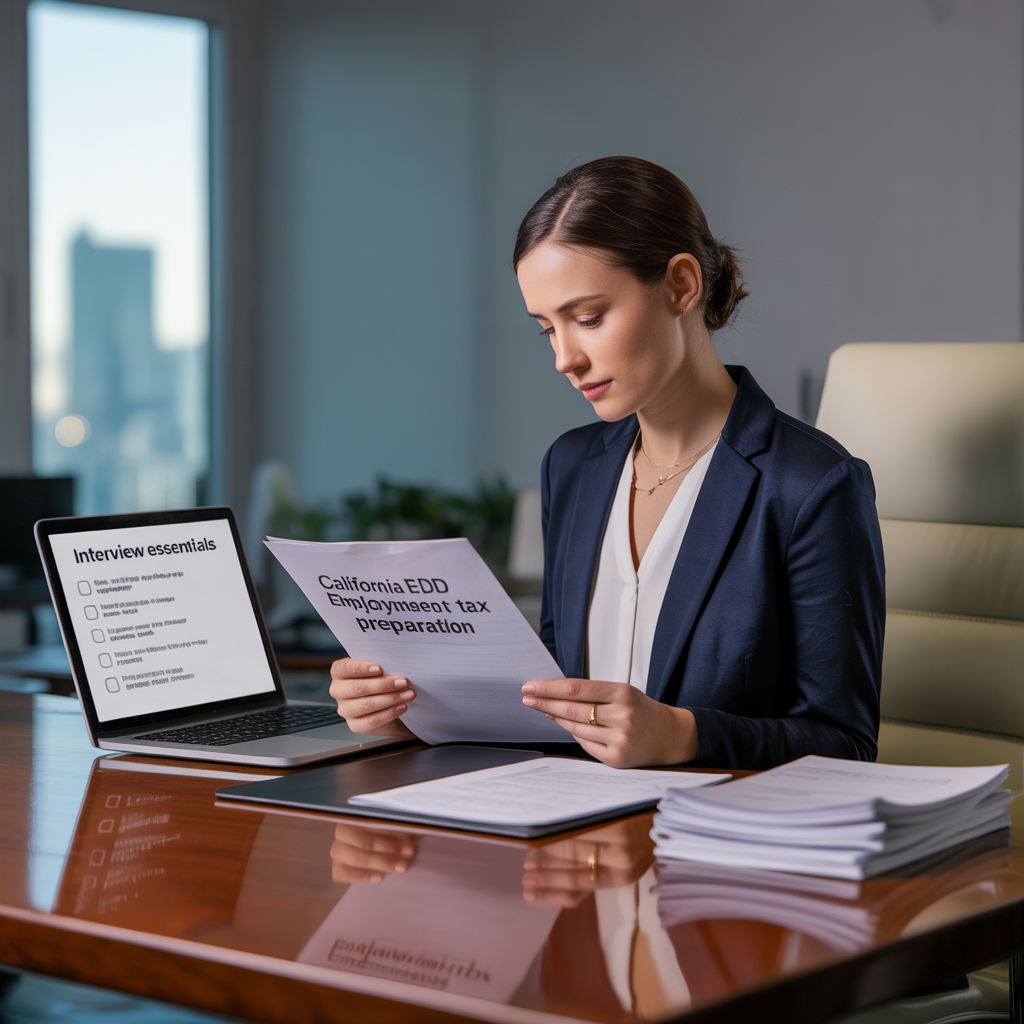IRS Tax Relief vs FTB Relief – Key Differences

Introduction: Federal and State Tax Relief Aren't the Same
If you owe back taxes, you might be eligible for tax relief — but not all tax relief programs are created equal.
In fact, IRS relief programs and California Franchise Tax Board (FTB) relief options are very different in how they operate, how generous they are, and how aggressively they collect unpaid debt.
If you're a taxpayer in Orange County, understanding these differences can mean the difference between resolving your tax debt successfully — or getting caught in endless collections.
This guide will help you get help with federal IRS tax relief programs and navigate California FTB tax relief programs while making sure you know how to compare the enforcement power of both agencies before choosing your approach.
📚 Quick Overview: IRS vs FTB Tax Relief
| IRS | FTB | |
|---|---|---|
| Primary Programs | Offer in Compromise, Installment Agreement, CNC Status | Offer in Compromise, Installment Agreement, Hardship Deferral |
| Collection Style | Formal, procedural | Fast, automated, aggressive |
| Appeal Rights | Strong, multiple appeals | Limited, faster timelines |
| Relief Eligibility | More hardship-sensitive | Harder, more evidence required |
| Notice Process | Slow, multi-layered | Shorter, fewer warnings |
| Lien Threshold | ~$10,000+ | $100+ |
🧠 1. How They Collect Debt
IRS Collection Process:
- Multiple notices
- 30-day appeal windows
- Final Notice before levy or lien
- Time to negotiate before enforcement
FTB Collection Process:
- Few notices (sometimes only 2–3)
- Faster levy/garnishment timelines
- Lower threshold to file liens
- Aggressive use of automated bank levies and wage garnishments
This is where it’s critical to understand California’s tax debt collection process so you can respond before enforcement actions hit your accounts or wages.
🧠 2. Offers in Compromise (OIC) Programs
IRS Offer in Compromise:
- Federal program
- Success rates vary (typically 30%–40% nationally)
- Strong consideration for hardship, age, income potential
✅ Payment plans for accepted Offers
✅ 5-year compliance requirement after approval
FTB Offer in Compromise:
- State program for California taxes
- Approval rates for individuals: ~25%–27%
- More aggressive review of assets and future income
✅ Must show inability to pay now or in the future
✅ California considers home equity heavily
Here is where you should learn the key differences in settlement programs so you don’t make costly assumptions when applying to one agency versus the other.
🧠 3. Installment Agreements
IRS Installment Agreement:
- Wide variety of plans (short-term, long-term, partial pay)
- Can apply online for balances under $50,000
- Reasonable expense allowances
FTB Installment Agreement:
- Streamlined for balances under $25,000
- Shorter payment terms (max 60 months unless hardship)
- More aggressive monitoring for default
🧠 4. Hardship Programs
IRS Hardship (Currently Not Collectible Status):
- Formal designation that pauses collections
- Annual review required
- Protects wages, bank accounts during status
FTB Hardship Deferral:
- Available but harder to qualify
- Often temporary (shorter-term pauses)
- May still accrue penalties and interest
👉 How to Qualify for a California FTB Hardship Deferral
🧠 5. Lien Filing Policies
IRS Tax Liens:
- Typically filed when debt exceeds $10,000
- Opportunity for lien withdrawal if conditions are met
FTB Tax Liens:
- Can file liens on balances as low as $100
- No pre-lien appeal rights
- Harder to negotiate removal without full payment or settlement
👉 How to Remove an FTB Tax Lien in California
📈 Which Relief Option Is Better?
| Scenario | IRS Relief | FTB Relief |
|---|---|---|
| Severe Hardship | IRS more forgiving | FTB stricter |
| Large Penalties/Interest | IRS allows penalty abatement | FTB allows limited abatement |
| Quick Collection Actions | IRS slower | FTB faster |
| Lower Balance (<$10K) | IRS lien unlikely | FTB lien likely |
🛡️ Why Many Taxpayers Must Resolve Both IRS and FTB Debt
It’s common for Orange County taxpayers to owe both:
- IRS (federal taxes)
- FTB (state taxes)
Key points:
- Each agency acts independently
- You must negotiate separate settlements or payment plans
- Protecting your wages and bank accounts means addressing both sides strategically
That’s why it’s essential to know how to protect your assets when both IRS and FTB pursue you so you don’t lose money unnecessarily.
🧭 How Boulanger CPA Helps Orange County Taxpayers
We help individuals and businesses in Santa Ana, Irvine, Anaheim, Fullerton, and surrounding areas:
- Resolve IRS and FTB debt simultaneously
- Prepare Offers in Compromise
- Set up Installment Agreements
- Apply for penalty relief and hardship status
- Stop levies, garnishments, and liens
📞 Call
657-218-5700
🌐
www.orangecounty.cpa
Frequently Asked Questions
What is the difference between IRS and FTB tax relief?
IRS tax relief applies to federal tax debt, while FTB relief applies to California state tax debt. Each has its own rules, processes, and enforcement strategies.
Which agency is more aggressive in collections?
The FTB is often more aggressive, with fewer relief options and faster enforcement timelines compared to the IRS.
Do both agencies offer an Offer in Compromise?
Yes, but the eligibility criteria, documentation requirements, and approval rates differ significantly between the IRS and FTB.
Can I resolve both IRS and FTB debts at the same time?
Yes, but each agency’s process is separate. A CPA can coordinate strategies to avoid conflicting agreements or enforcement actions.
Which agency charges higher penalties and interest?
The FTB often charges higher interest rates and compounds daily, which can make state tax debt grow faster than federal debt.
Why hire a CPA for both IRS and FTB tax relief?
A CPA familiar with both agencies can develop a comprehensive plan to resolve debts efficiently and prevent double enforcement actions.
📣 About the Author
Marc Boulanger, CPA is the founder of Boulanger CPA and Consulting PC, a boutique tax resolution firm based in Orange County, California and trusted by high-income individuals and business owners across Southern California.
He is the author of Defend What’s Yours: A California Taxpayer’s Guide to Beating the IRS and FTB at Their Own Game, available now on Amazon. The book offers a step-by-step plan for resolving IRS and FTB tax debt without losing your business, your home, or your peace of mind.
With over a decade of experience resolving high-stakes IRS and State tax matters, Marc brings strategic insight to complex cases involving wage garnishments, bank levies, unfiled returns, and six-figure tax debts. He is known for helping clients reduce or eliminate tax liabilities through expertly negotiated settlements and compliance plans.
Marc is a Certified Public Accountant licensed in California and Oklahoma and holds the designation of Certified Tax Representation Consultant. He is a member of the American Society of Tax Problem Solvers (ASTPS) — the national organization founded by the educators and practitioners who have trained thousands of CPAs, EAs, and tax attorneys in IRS representation strategy.
Every case is handled with discretion, proven methodology, and direct CPA-led representation — not call center scripts.
📍 Learn more at www.orangecounty.cpa or call (657) 218-5700.










